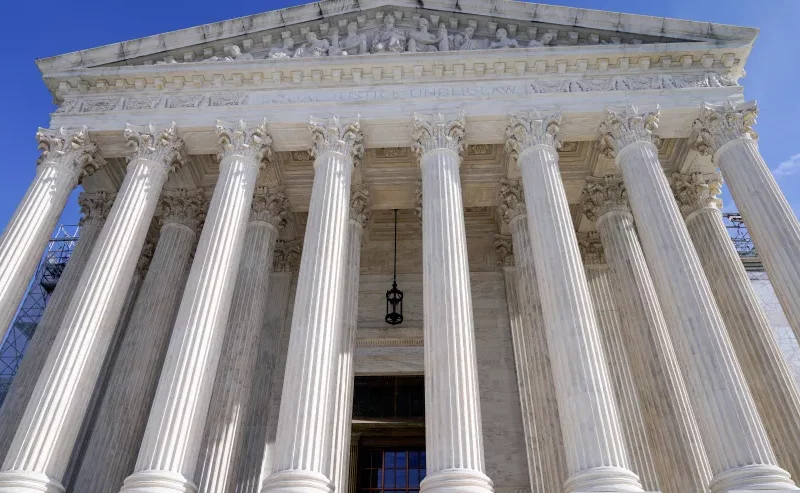Introduction:
The recent decision by the Supreme Court to decline hearing a challenge to the admissions policy at Thomas Jefferson High School for Science and Technology. In Virginia has sparked renewed discussions on diversity in education. This pivotal ruling intersects with broader legal debates surrounding affirmative action and race. And conscious admissions policies, shedding light on the complexities of promoting diversity while avoiding accusations of discrimination.
Background: The Admissions Policy at Thomas Jefferson High School

Thomas Jefferson High School for Science and Technology, renowned for its rigorous academic curriculum, has faced scrutiny over its admissions policy. The school’s efforts to foster diversity have been met with controversy. And particularly regarding changes to its admissions criteria aimed at addressing socioeconomic and geographic barriers for prospective students.
Legal Context: Supreme Court’s Role in Shaping Admissions Policy
The Supreme Court’s decision not to hear the appeal regarding Thomas Jefferson High School’s admissions policy reflects. Its evolving role in shaping educational diversity. Previous rulings on affirmative action have set precedents and standards for admissions practices, influencing how institutions navigate the intersection of race, equality, and diversity.
Challenging the Status Quo: Arguments Against the Admissions Policy
A coalition of students and parents challenged the admissions policy at Thomas Jefferson High School, alleging racial discrimination against Asian American applicants. Their contention centered on changes to the admissions process, including the replacement of an admissions exam with essays and considerations for students from a broader range of schools.
Justice Alito’s Dissent: Critique of Admissions Policy
In dissent, Justice Alito expressed concerns about the potential implications of race-neutral policies, arguing that they may still result in discriminatory outcomes. He cautioned against overlooking the disproportionate impact on certain racial or ethnic groups, emphasizing the need to balance diversity goals with constitutional principles of equality.
Implications for Educational Institutions: Navigating Diversity Challenges
The Supreme Court’s decision has significant implications for educational institutions nationwide. It underscores the importance of navigating diversity challenges while ensuring adherence to legal and ethical standards. Institutions must strike a delicate balance between promoting inclusivity and avoiding discrimination in their admissions practices.
Alternative Approaches to Diversity: Exploring Socioeconomic Factors
In response to legal and societal pressures, educational institutions are exploring alternative approaches to achieving diversity. Emphasizing factors such as socioeconomic status, geographic location, and individual experiences with discrimination offers potential avenues for fostering inclusivity without relying solely on race-based considerations.
The Societal Impact: Addressing Underrepresentation and Racial Disparities
The ongoing debate over diversity in education reflects broader societal concerns about underrepresentation and racial disparities. By addressing systemic barriers and promoting equitable access to educational opportunities, institutions can contribute to fostering a more inclusive and equitable society.
Moving Forward: Balancing Equality and Diversity in Education
As educational institutions navigate the aftermath of the Supreme Court’s decision, they face the ongoing challenge of balancing equality and diversity in their admissions practices. By adopting holistic approaches that consider a range of factors, including socioeconomic status and individual experiences, institutions can work towards creating a more equitable and inclusive educational landscape.
Conclusion
In conclusion, the Supreme Court’s decision regarding Thomas Jefferson High School’s admissions policy underscores the complexities of promoting diversity while navigating legal and societal considerations. As institutions continue to grapple with these challenges, they must remain committed to fostering inclusive learning environments that provide equal opportunities for all students.










